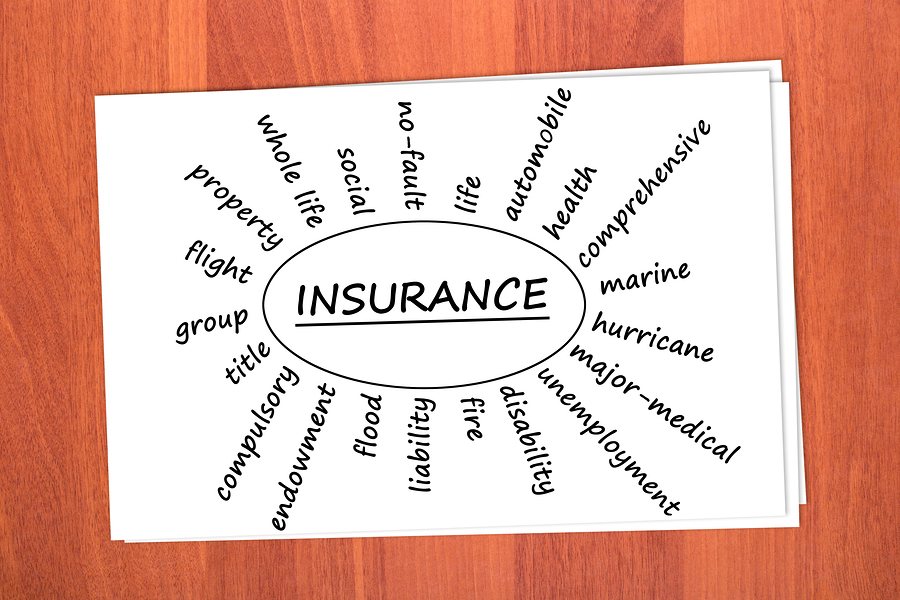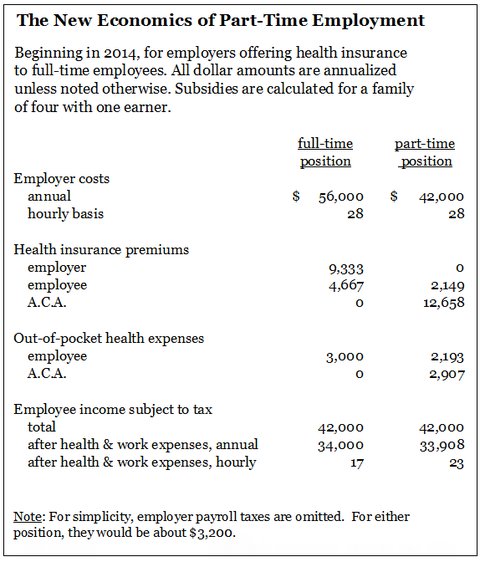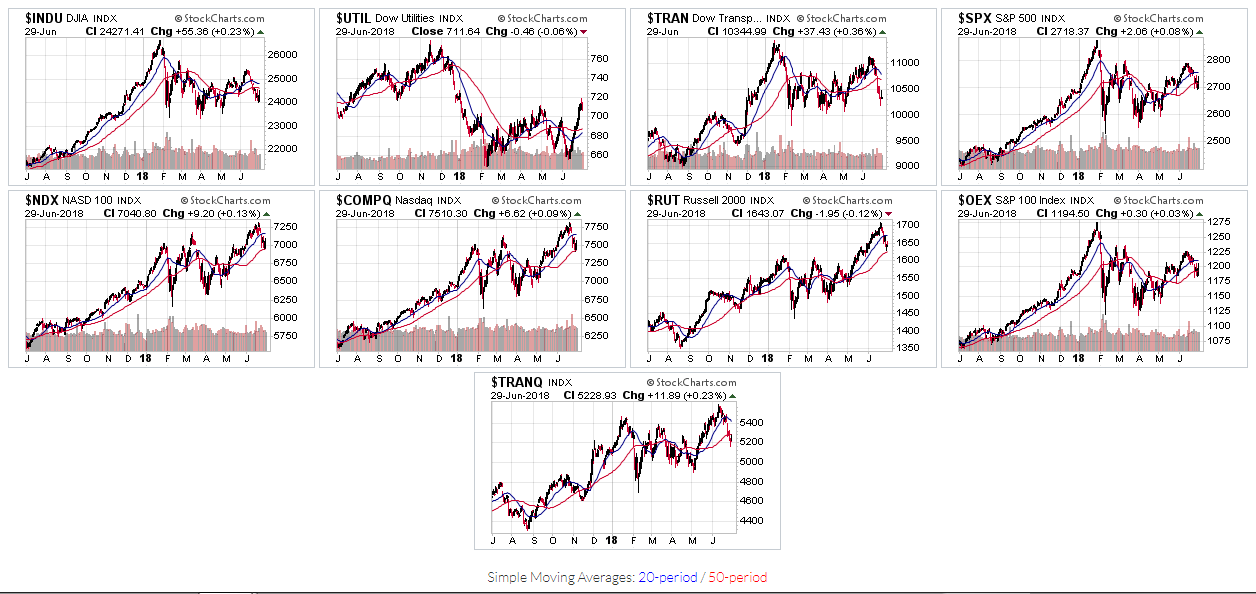Content

It is simpler to use a smartphone function than to gather the appropriate quantity of cash for your buy. You don’t need to worry about carrying a lot of cash, being robbed, or getting imperfect change. With online payment methods, all you have to do is remember a certain pin to complete your purchase! These changes will also have an impact on traditional banking and financial services.
- When selecting whether or not to utilize virtual payments, it is essential to thoroughly weigh their advantages and disadvantages and to take the necessary precautions.
- With e-payments, financial transaction values can be easily transferred over the internet.
- As e-commerce continues to gain popularity, there are more online payment methods getting used and therefore more need for ways to process them.
- This, in turn, helps foster greater relationships between businesses and consumers.
- Along with the benefits for the tourist, e-commerce can also benefit your business.
Remember to include a section on your website that provides the terms and conditions for the electronic payment of your company’s products and/or services – this will protect you should anything go wrong. The costAccepting card payments is not particularly economic for tourism businesses. If you are a small operator, you can expect fees of around 1.5% to 5% per transaction. electronic payments advantages and disadvantages On top of these fees, there is sometimes an additional cost of between €5 and €15 per transaction. Security and credibilityCustomers know that card payments provide a greater amount of user protection and this can make the customer more willing to buy your products and services. But the best way to make that informed decision is to gain as much information as possible.
Having supplier services removes the hassle of enrolling vendors and allows you to grow your electronic payments processes to reap more benefits. Large businesses make half their payments via paper checks, while small businesses make 80 to 90% of their payments via paper checks! Not only are paper-based payment methods expensive, but they are also slow. An electronic payment system is a way of making financial transactions through electronic channels, such as the internet, mobile devices, or other electronic means. It allows individuals, businesses, and organizations to transfer money, pay bills, purchase goods and services, and conduct other financial transactions without the need for physical cash or checks. Subscription marketplaces are now easily operational because of online payments.
Boost customer satisfaction and sales by accepting more payment methods.
The e-commerce sector is changing in a number of different ways thanks to digital payments. It is pretty much expected of you to provide online payment alternatives as a company owner and a client. You may provide your clients a broad range of payment alternatives using online payment services. People have their own choices, therefore providing them with that choice when making a purchase from you definitely increases the likelihood that they will actually complete the deal. If you’ve decided to open an online current account, WestStein offers a really good deal for everyone. The use of new technology will allow you to shop quickly and conveniently without worrying about the security of your finances.

It allows users to customize their workflows and gain 24/7 visibility into the process so that they can make adjustments as needed. Getting your team on board with a new system can be a challenge in and of itself, and it can take some time to get used to a new way of making payments. Also, as discussed previously, e-payments carry a significant risk of fraud. This is why companies that use e-payment systems should ensure the right safety measures, such as multifactor authentication, are put in place. Electronic payment systems allow users to make and collect payments electronically.
Mobile Pay
Finally, an automatic payment from the bank to the vendor occurs when a bank sets up a scheduled and recurring payment. This process functions the same as a recurring payment from a customer to a vendor, except in this case the money is coming directly from the bank. Drive greater business success by automating the end-to-end accounts payable process to boost security, accuracy, and speed in the processing of invoices and payments. If you take card payments on your tourism company website, your website must have a security certificate – this guarantees the encryption of client data. Security certificates allow you to encrypt data exchanged between your customer’s computer and the server on your website. This means that it is impossible for the data to be intercepted by a third party, so any sensitive data remains safe and secure.

In order to keep your business competitive and keep up with the increasing number of electronic payments coming in from suppliers and customers alike, you may want to consider finding an electronic payment system. Over the past few years, the popularity of e-commerce has increased dramatically. As both businesses and consumers alike are preferring online shopping over traditional in-person shopping trips, the digital shopping experience has continued to evolve and advance. One of the main areas that has experienced some of the most drastic advancements has been electronic payments. Despite the disadvantages of taking card payments, many small businesses use payment gateways. It can be beneficial to know which providers are used by other entrepreneurs.
What are the advantages of electronic payments?
However, there are also factors that are characterized by rather negative effects on the banking systems’ development, and they include the privacy and security issues. The detailed analysis of these factors is important for conducting the overall evaluation of the systems’ impact on the depository institutions market in the United States and globally. The features of electronic payment system can be broken down into two categories. The first of these two categories, credit-paying systems, accounts for credit-card and e-wallet payments. The second category, cash-paying systems, accounts for direct debit, e-check, and e-cash payments. Money is available quicker You receive the money from credit card payments within 24 to 48 hours – faster than other payment methods such as cheques or transfers.
- In developing countries, the integration of electronic payment systems as alternative ones to the paper-based systems is only in the process of development.
- Running a physical storefront is simple because all you have to do is sell products to customers when they come in to shop.
- Needless to say, e-payment systems have been a godsend for online retailers, as they’re able to accept payments from shoppers without them actually having to visit a brick-and-mortar store.
- The great advantage of course is a cashless payment system that makes money transfers of any size quick and easy.
- First, money arrives in the merchant account, a holding zone where money sits before being disbursed to individual bank accounts.
Electronic payments are much more efficient and safe than their traditional, paper-based counterparts. EPayment methods and systems offer multiple ways of securing your payments, such as payment tokenization, encryption, SSL, and more. Some accounts payable staff might also worry about payment service providers taking their jobs, even if PSPs should ideally just free staff up for performing other higher-value tasks, such as analyzing invoice data for trends. In these instances, outsourcing to a third-party payment service provider (PSP) can be the best call.
Professional Services
As such, e-payment enables businesses to make sales to the customers who choose to pay electronically and gain a competitive advantage over those that only accept traditional methods. Cards are convenient, allowing companies to process payments by means of credit, and often include debit card functions. Credit cards sometimes offer cash-back incentives, depending on the financial institution and the particular card. In addition, cards can be useful for optimizing cash flow and providing a quick means of financing, which can be especially helpful for small businesses.
Read our guide to cashless payment systems, what they are and their advantages and disadvantages. The decision to utilize virtual payments will depend on factors such as the type of transaction, the payment amount, and the acceptable level of risk. When selecting whether or not to utilize virtual payments, it is essential to thoroughly weigh their advantages and disadvantages and to take the necessary precautions. Gold bars and even coins and banknotes have to be physically moved and stored, and the more money there is to move, the larger the burden. But e-money offers a completely different type of payment service, with the ability to move any amount without any freight.
What Are the Advantages and Disadvantages of E‑commerce?
E-payment, or electronic payment, may very well be the most common form of payment in today’s society. Essentially, rather than paying for products and services with dollar bills, coins, or paper checks, consumers are paying directly from their bank accounts. These payments can be made completely online, so they are the top pick for many consumers today who handle much of their shopping online.
Traditional banks will have to collaborate with fintechs to adapt to the changing landscape of cashless payments and stay competitive. Lastly, the rise of cashless payments will likely also change the way consumers manage their personal finances, leading to the further decline of physical cash in the future. With cash payments, it’s hard to keep a digital record of all your transactions. But with cashless payments, you can track spending, monitor account balances, and view transaction history across various channels.
If you belong to an entity like a chamber of commerce or a business association, you can ask if it has an agreement with a provider of online credit card payments – this may offer you better rates. As internet banking and shopping become widespread, the number of people making cash payments is decreasing. According to Bankrate, more than two-thirds of consumers carry less than $50 a day, meaning electronic alternatives are increasingly becoming the preferred payment option.
Concept of E Commerce
Automated processes provide greater control over outgoing cash flow compared to tedious, error-prone manual processes. This combination of process transparency, greater control over payments, and reduction of manual tasks means that it will be easier for your AP department to identify suspicious or fraudulent activity. While there are no additional charges for making a cash payment, trips to the store typically cost money, and checks also need postage.